
Good morning. It’s Tuesday, Oct. 23.
| • | Proposition 13 costs the state $30 billion in tax revenue. |
| • | A photo project on San Francisco in the Reagan-era 1980s. |
| • | And the mysteriously singing sand dunes of Death Valley. |
The lede
1
Uneven playing field
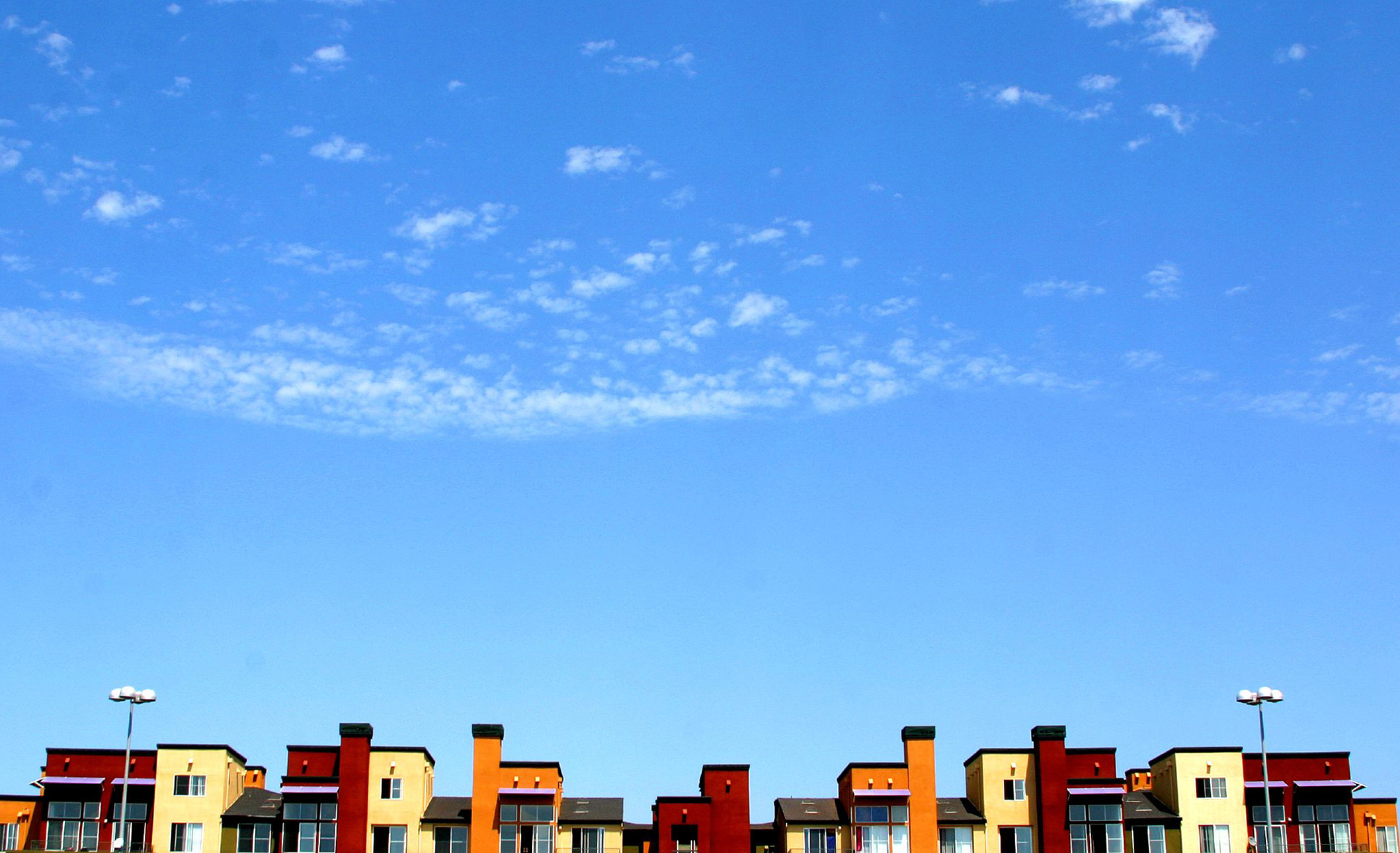
Bay Area homes.
Depending on your perspective, Proposition 13 and related tax breaks either cost California $30 billion this year, or saved property owners the same amount.
Thanks to the controversial law, property taxes are based not on what your house is worth, but what you paid for it. Zillow partnered with CALmatters to show how that’s resulted in wildly uneven tax burdens across the state.
In San Francisco, for example, the average home value is estimated at $1.5 million. But taxes are based on an average assessed value of $612,000.
Read more on the analysis at Zillow, along with a companion piece focusing on the example of one block in Oakland.
Statewide
2
“Are we going to keep Nevada the Nevada we all love, this independent Western state, or are we going to turn into California?” asked Adam Laxalt, the Republican candidate for governor of Nevada, at a recent rally. It isn’t only Nevadans who are portraying California as a conservative’s worst nightmare. The headquarters of the resistance seems to be on ballots all across the country.
3
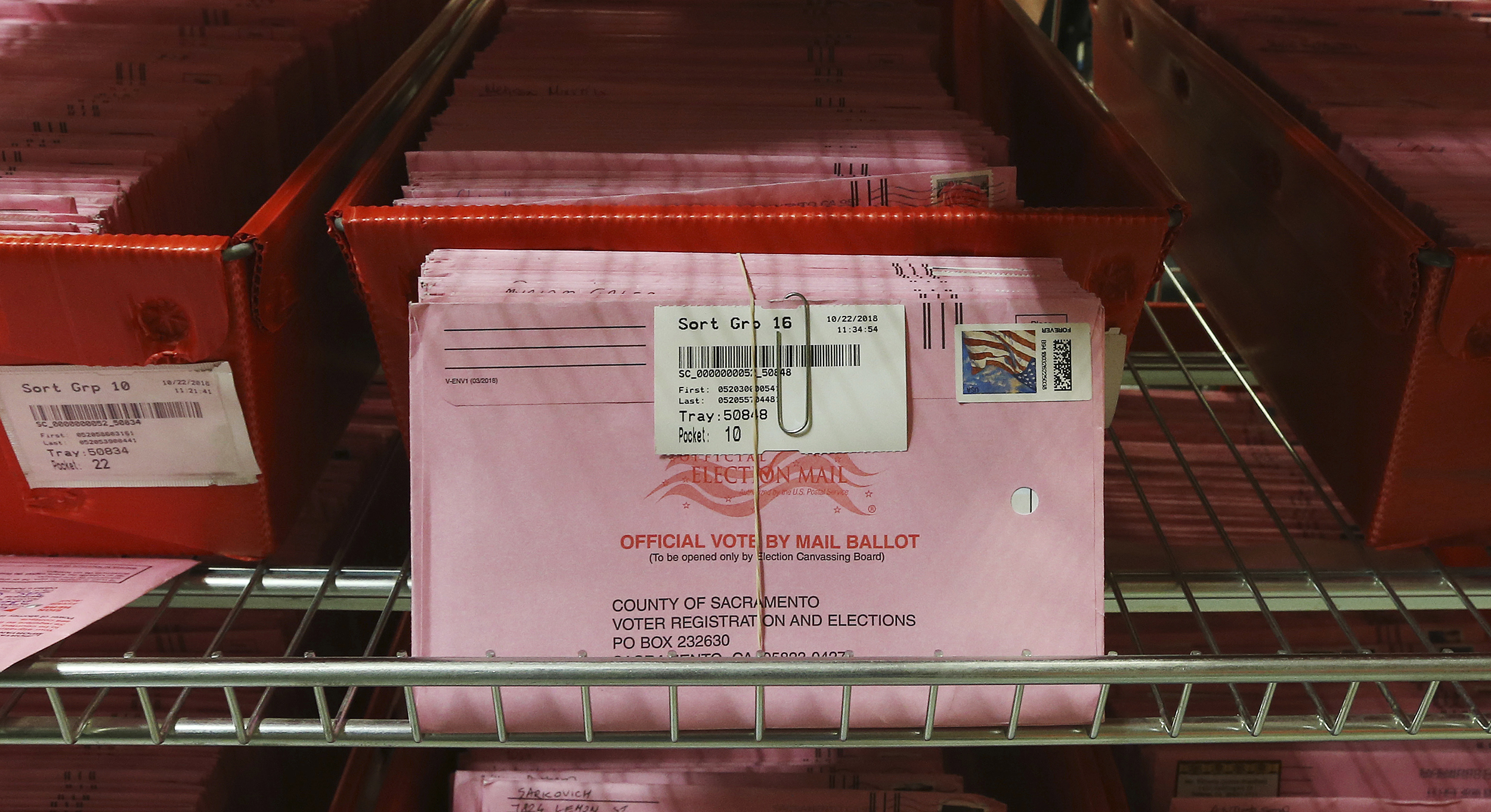
Mail-in ballots awaited processing in Sacramento on Monday.
Rich Pedroncelli/A.P.
It’s two weeks till Election Day. Here’s how three of California’s most influential newspaper editorial boards lined up on the big races and the 11 statewide ballot initiatives.
4
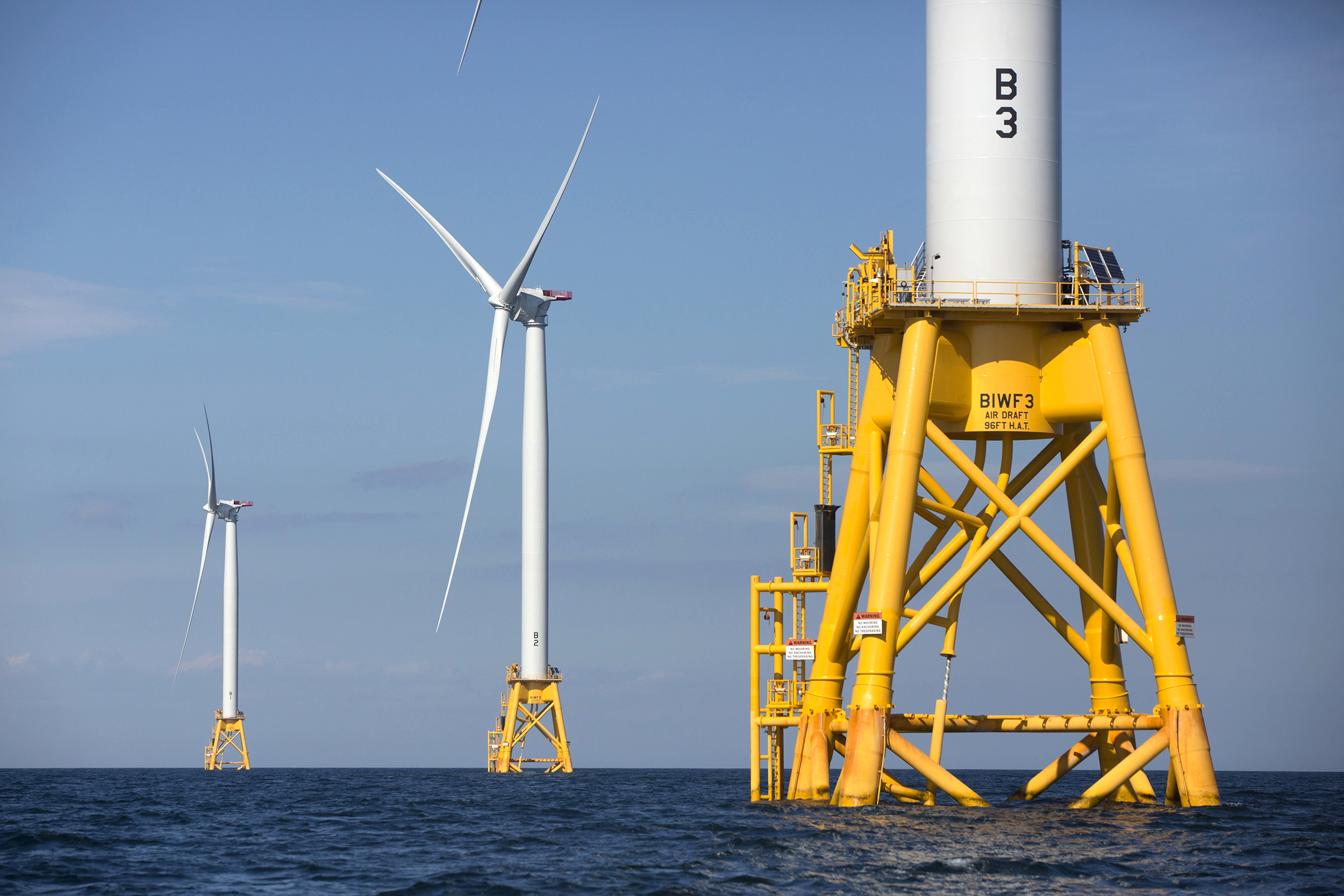
Wind turbines like these off Rhode Island could be coming to California.
Michael Dwyer/A.P.
The Interior Department took the first steps to enable companies to lease parts of the Pacific off San Luis Obispo and Humboldt counties for floating wind farms. They would be anchored in deeper waters than anything that’s been been in the world so far and could begin producing power within six years.
5

Eureka Dunes is near the Last Chance Mountains at the northern end of Death Valley National Park.
Rising about 700 feet, Eureka Dunes in Death Valley National Park are the tallest dunes in California. They are also the most likely place in the region to encounter the phenomenon known as “the singing sands” — a rumbling sound produced by sand avalanches. If you go, don’t take it lightly. It’s an intense and remote hike.
Northern California
6
A San Francisco judge upheld a verdict that blamed Monsanto’s popular weedkiller for causing a Vallejo groundskeeper’s cancer. But she sharply reduced the amount of money to be paid from $289 million to $78 million. Shares of Bayer, the owner of Monsanto, sank on the news. The agribusiness giant vowed to keep fighting.
7
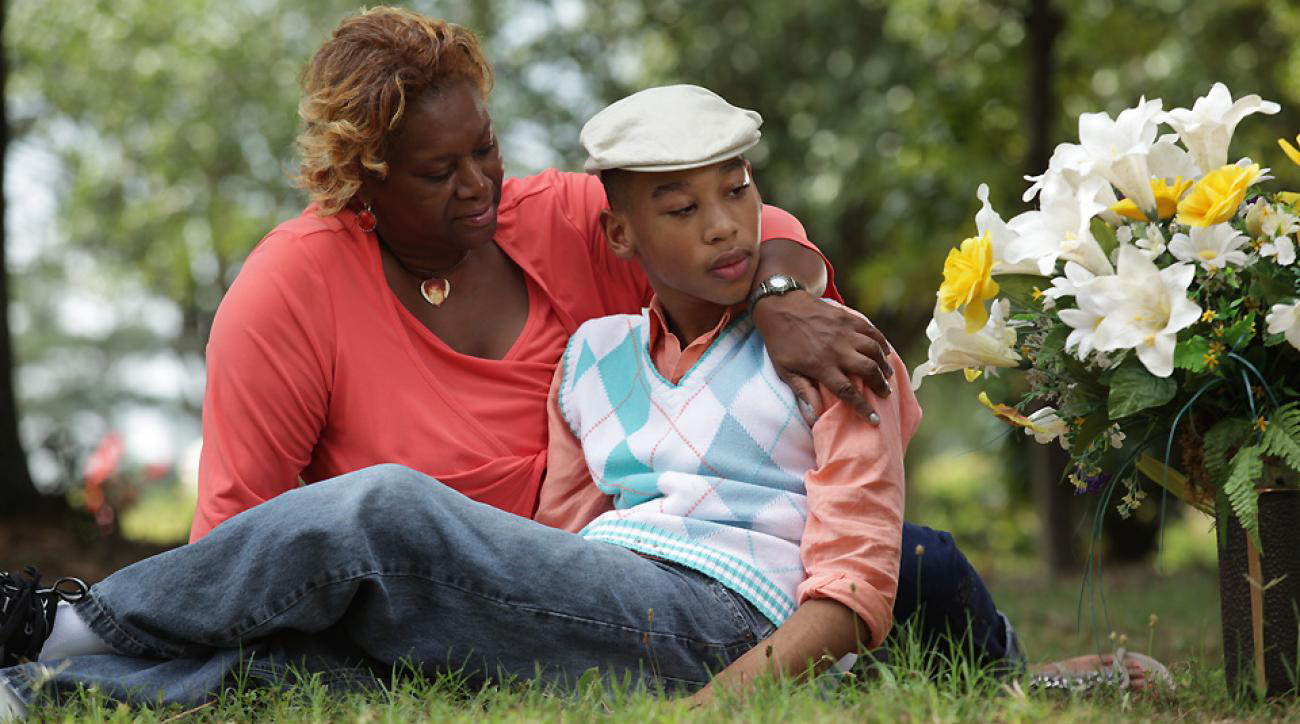
Chancellor Lee Adams, the son of Rae Carruth, with his grandmother Saundra Adams.
Jeffery A. Salter/Sports Illustrated
Rae Carruth was just released from prison. In 1999, the N.F.L. wide receiver from Sacramento conspired to kill his pregnant girlfriend and their unborn son to avoid child support obligations. In a brutal shooting, she died, but the boy lived. Here’s a look back at a powerful 2012 story on how the child not only survived, but thrived thanks to the unwavering love of his grandmother.
8
“We have less than 3 percent African-American in the district, and it’s called Dixie.” A fight has broken out in Marin County over whether to change the name of the Dixie school district because of its Confederate South connotation. Some bold-name figures have lined up in favor of a changel, including former San Francisco Mayor Willie Brown and filmmaker Ken Burns.
9
A pioneer of the pro-development movement known as YIMBY, or “Yes in My Backyard,” is running for San Francisco’s Board of Supervisors. Sonja Trauss has won some high-wattage endorsements, including the mayor herself. “If I win, it’s a signal to the entire city of what’s going on,” Trauss said. “It’ll be such a symbol that this is a real movement.”
10
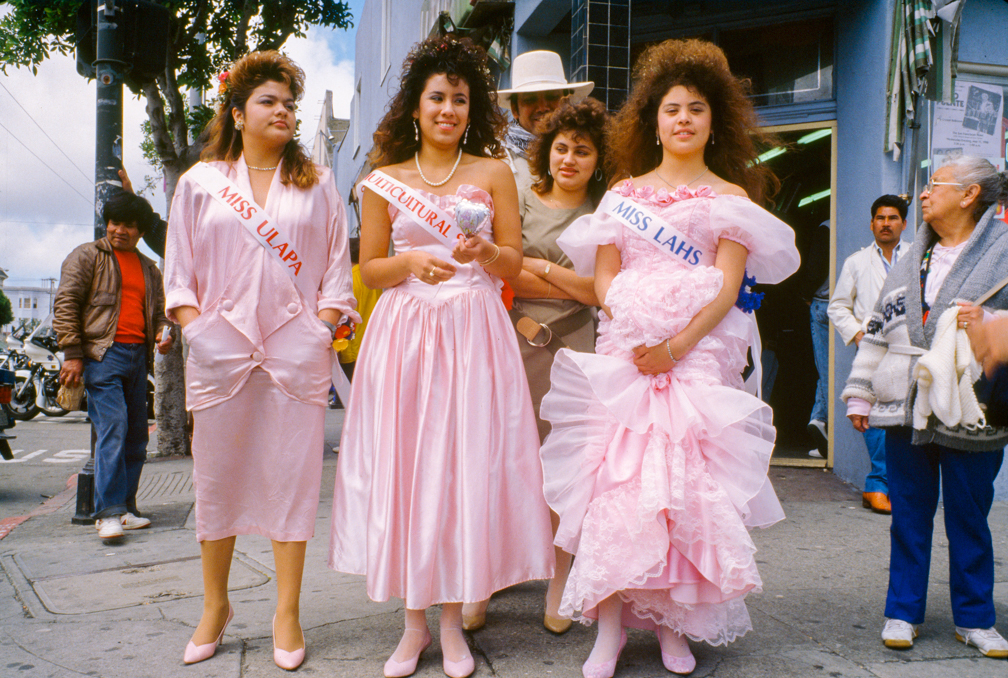
“Three Contestants,” 1988.
The Reagan-era 1980s were a time of parades and protests in San Francisco’s primarily Latino Mission District. Photographer Janet Delaney was there, weaving in and out of the street life, capturing moments both quiet and boisterous. Her work is now collected in a new photography book.
Southern California
11
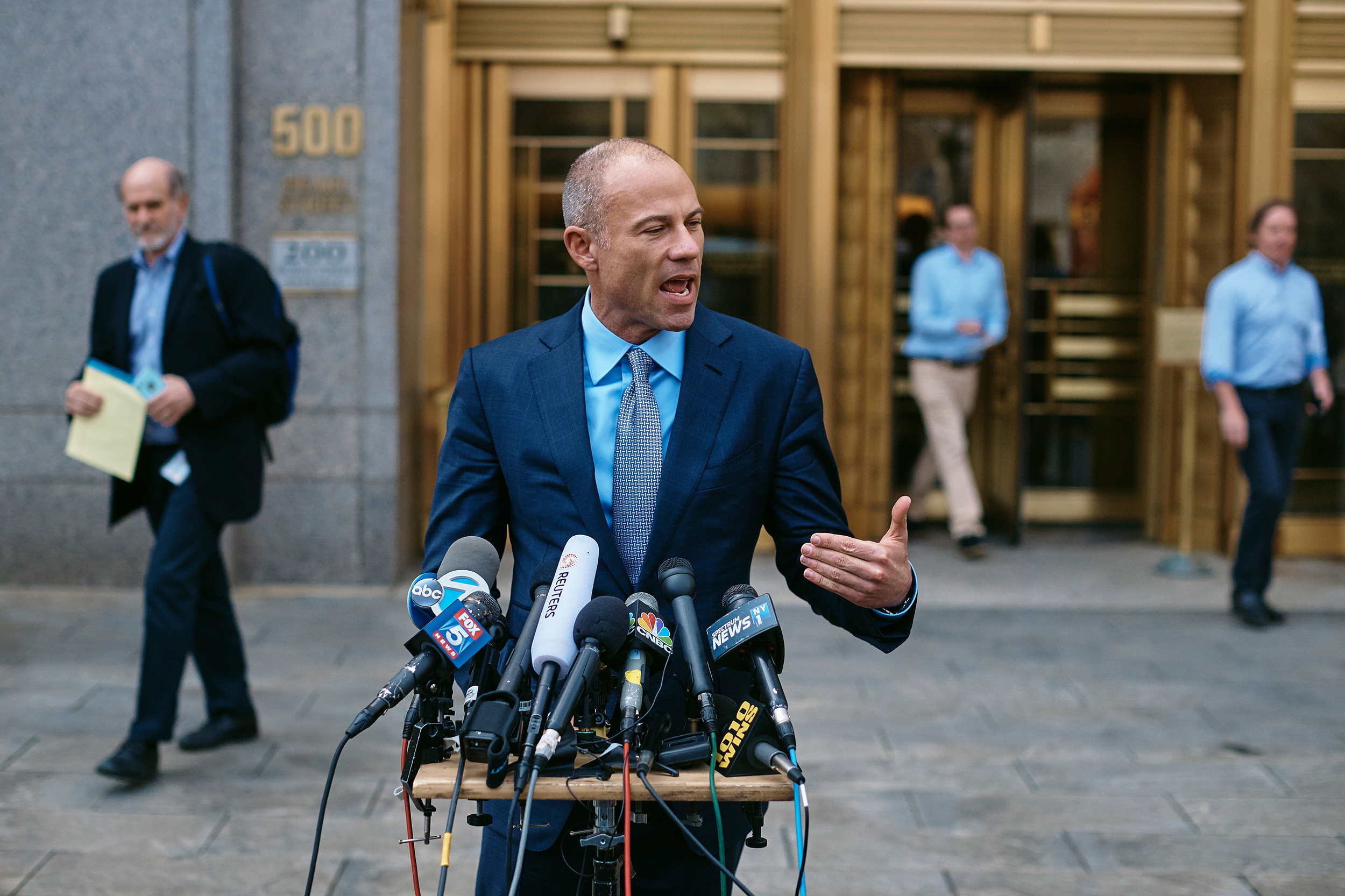
Michael Avenatti had a very bad day.
Andres Kudacki/A.P.
A Los Angeles judge ruled that Michael Avenatti, the lawyer for porn actress Stormy Daniels, must pay $4.85 million to a former colleague over an unpaid debt. Less than an hour later, a separate ruling in Orange County came down evicting Avenatti and his staff from their offices because the firm, Eagan Avenatti, skipped the last four months of rent.
12
L.A. County firefighters earn enormous sums of money, a new analysis showed. More than 640 Fire Department workers received at least $100,000 in overtime last year. They represented about a third of the county’s 1,000 highest-paid employees, joining the ranks of anesthesiologists and pediatricians. The highest-paid firefighter was a battalion chief. Total haul in 2017: about $480,000.
13
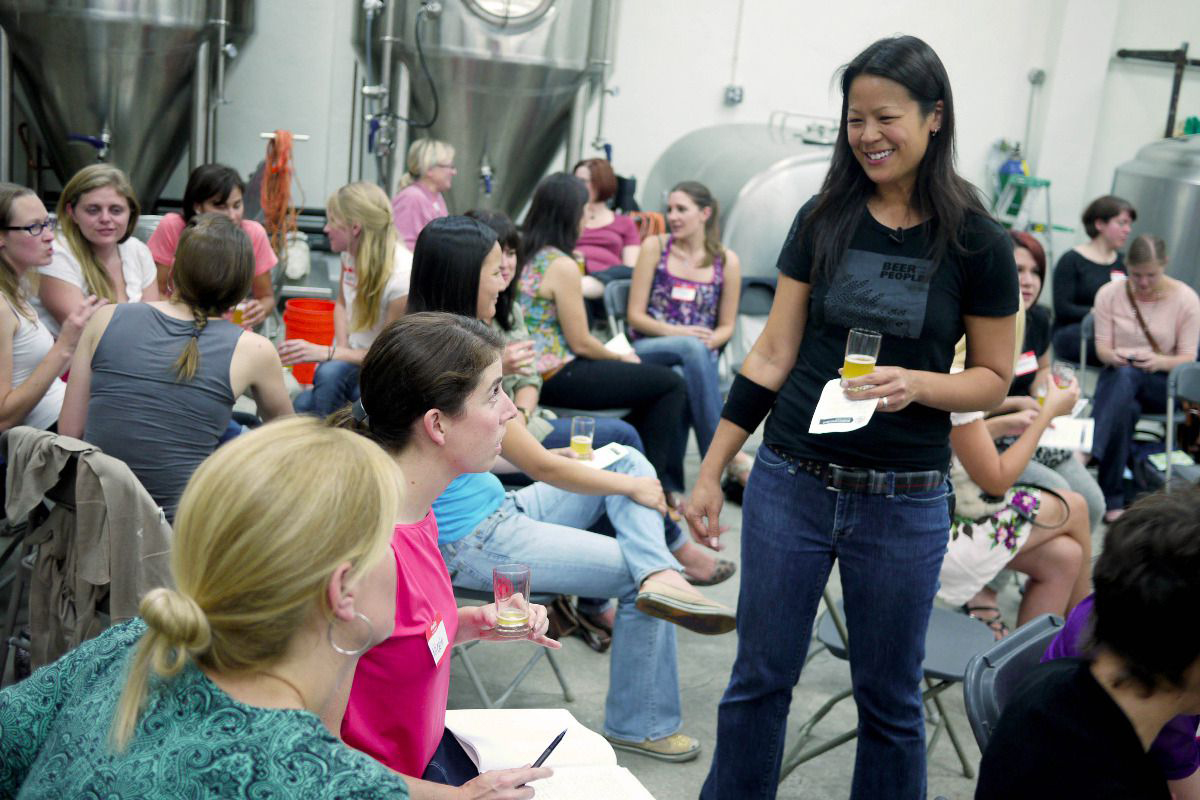
Ting Su, the co-owner of Eagle Rock Brewery. The business was accused of gender discrimination.
Eagle Rock Brewery
In California, “ladies’ night” specials have been illegal since 1985, when they were deemed a violation of civil rights law. A self-described men’s rights activist has been using the law to sue dozens of business. His latest target is a Los Angeles brewery that hosts a monthly women’s beer forum. Forced to settle, the brewery is trying to start a campaign to change the law.
14
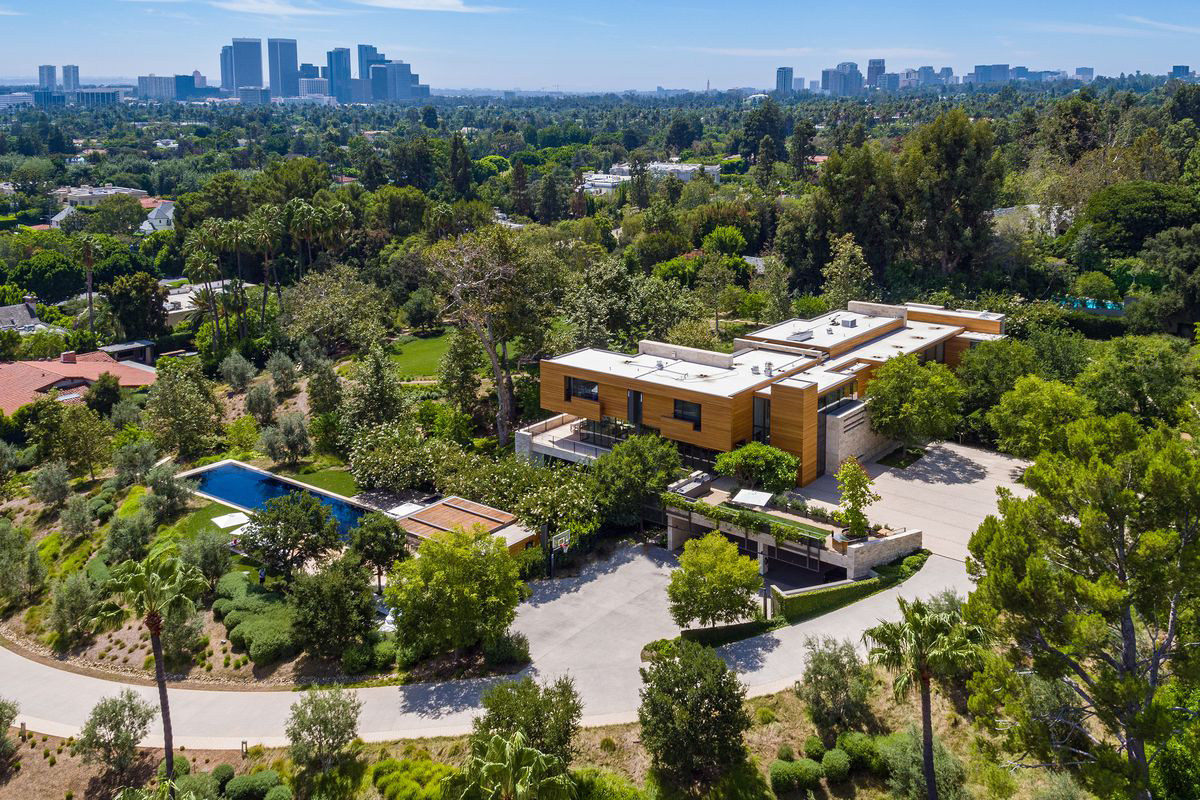
The 18,500-square-foot mansion is being sold by sports and marketing executive Casey Wasserman.
Simon Berlyn/Westside Estate Agency
A sports executive’s Beverly Hills mansion is on the market with a $125 million price tag. If it sells for that much, it would become the most expensive home ever sold in the area. The sprawling estate has an elevator, a 1,150-square-foot gym, and an 85-foot infinity pool. Here are the pictures.
Today I learned
15
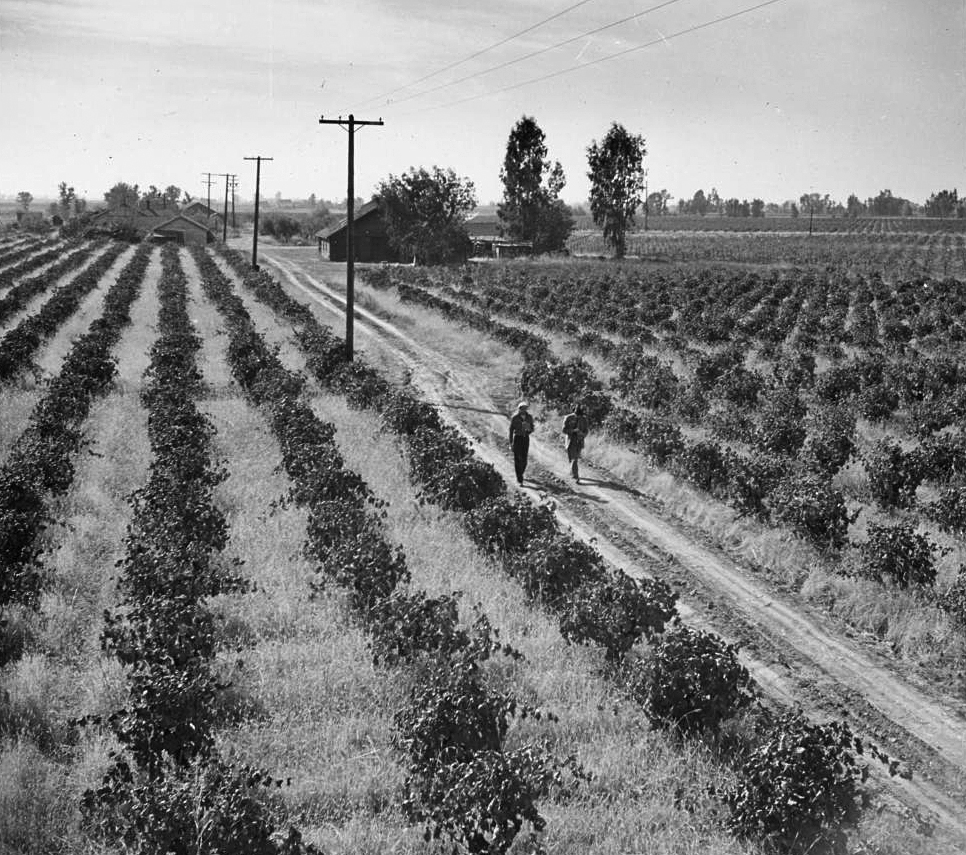
Bob Fletcher operated a grape farm belonging to Joichi and Shizuko Nitta in Florin.
U.C. Berkeley, Bancroft Library
A California agricultural inspector quit his job during World War II to manage the fruit farms of interned Japanese families.
After Japan bombed Pearl Harbor in 1941, the U.S. government forced people of Japanese descent into internment camps for the duration of the war. Many lost their homes to bank foreclosures or thieves.
Bob Fletcher knew some of the farmers from his work as an inspector. Appalled by the injustice, he quit his job and worked 90 acres of flame tokay grapes belonging to the Nitta, Okamoto, and Tsukamoto families in the Florin community just outside Sacramento.
He worked 18-hour days, slept in a bunkhouse for migrant workers, and faced deep anti-Japanese sentiment from neighbors that included a shot fired into the Tsukamoto barn.
When the farm owners returned in 1945, they found their crops well tended and bank balances from the grapes harvested while they were away.
“I don’t know about courage,” Fletcher said years later. “It took a devil of a lot of work.”
At a 100th birthday celebration for Fletcher in 2011, a daughter of the Nitta family gave the humble old man a hug, the Sacramento Bee reported. “We owe you everything,” she said, bringing a smile to his face. He died two years later.
Wake up to must-read news from around the Golden State delivered to your inbox each morning.